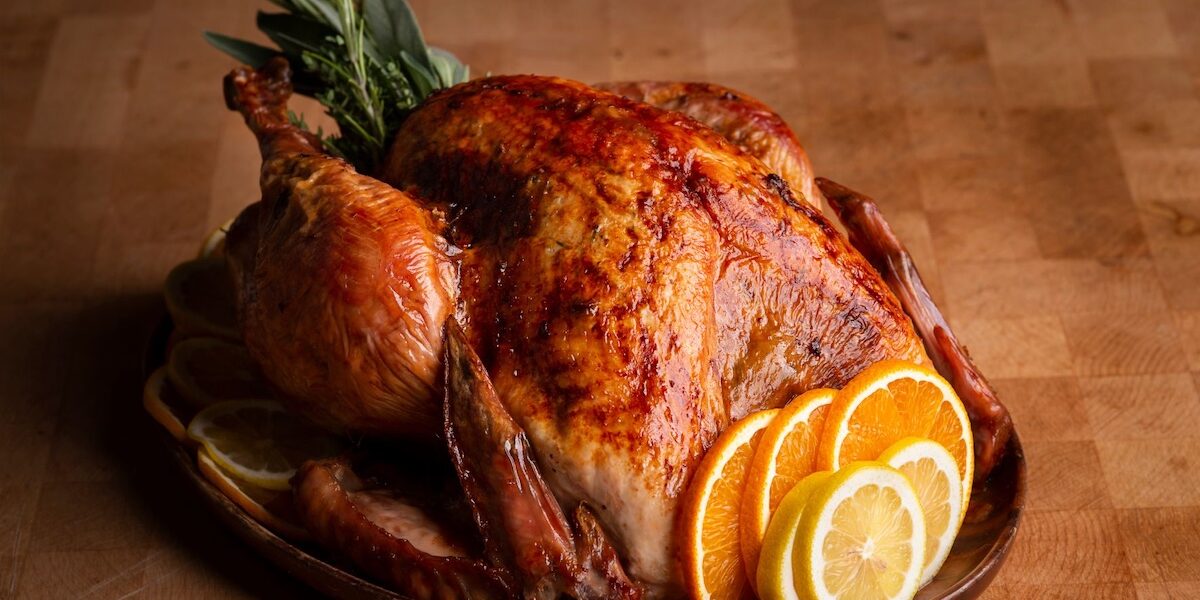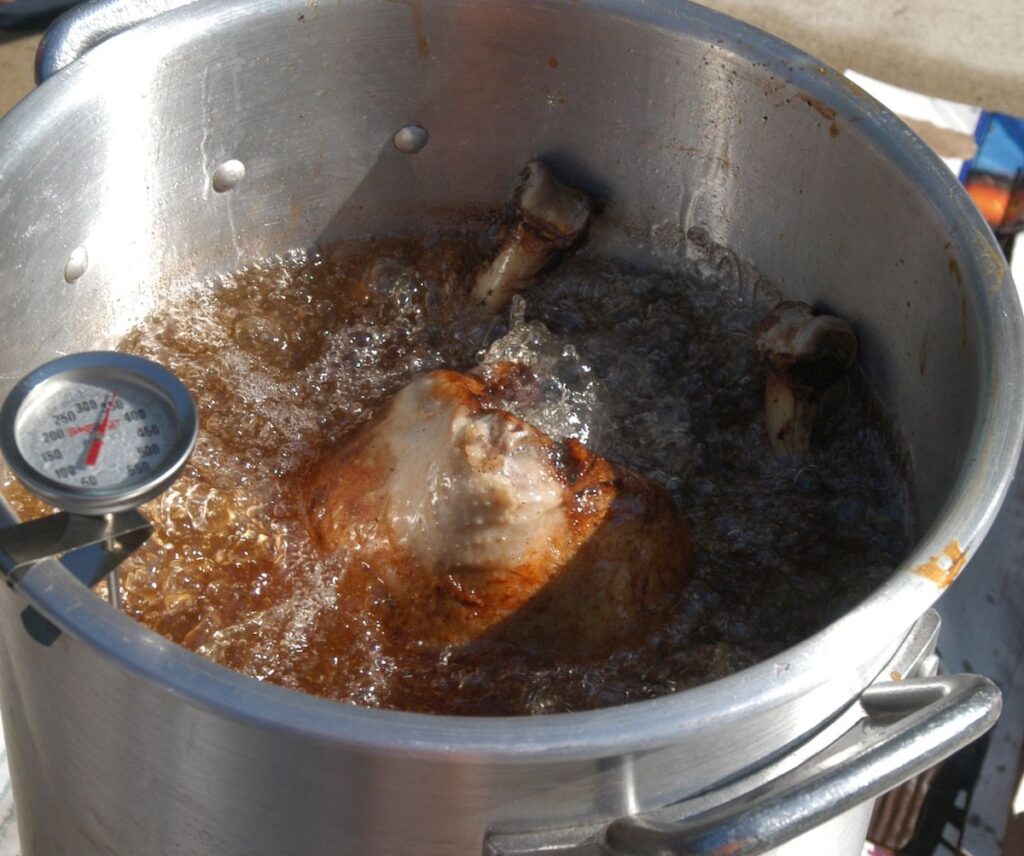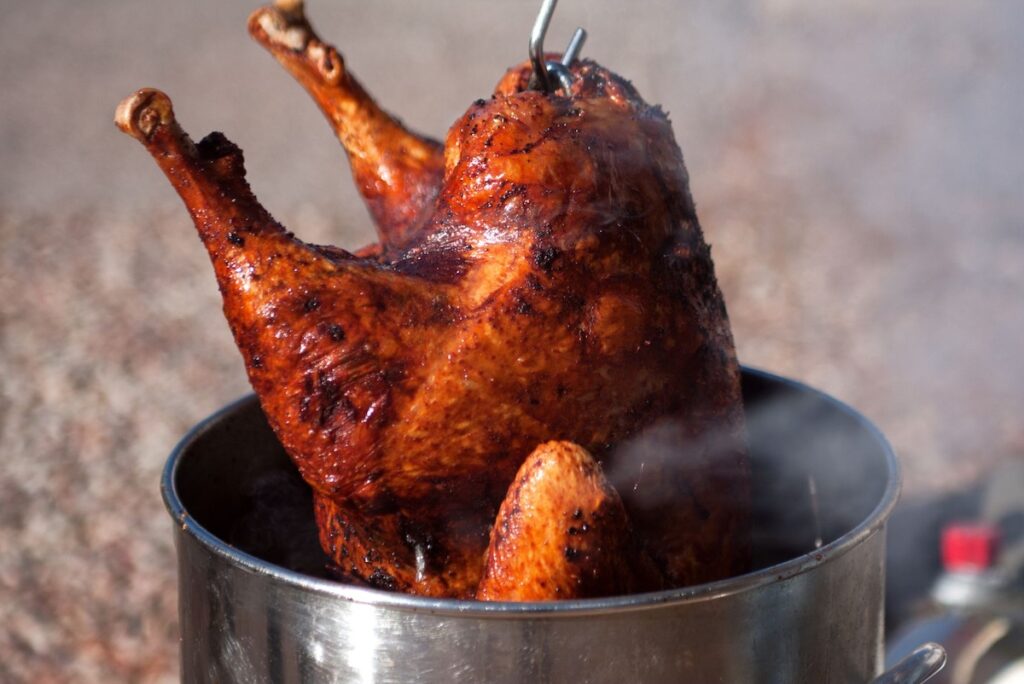Why Deep Frying a Turkey Has Become a Thanksgiving Tradition
More families are discovering the joy of deep-frying a turkey for the Thanksgiving holiday. The fast cooking time, crispy skin, and incredibly juicy meat make it a standout choice for holiday gatherings. However, with the growing popularity comes an important reminder: safety must always take precedence. Deep frying can be dangerous if done incorrectly, so understanding proper preparation, setup, and cooking techniques will help you enjoy delicious results without the risks.
Choosing the Right Equipment for Deep Frying a Turkey
Before you begin, select equipment specifically designed for deep frying a turkey. Select a sturdy outdoor propane fryer with a stable base, a large stockpot suitable for a whole bird, and a functioning thermometer for monitoring oil temperature. Also, ensure you have protective gloves, a long-handled tool for lowering the turkey, and a fire extinguisher specifically rated for grease fires. Keep a clean old towel nearby for cleaning any oil that may overflow from the outside of the pot. Using the right equipment not only improves your cooking experience but also ensures your Thanksgiving turkey stays safe from start to finish.
Preparing the Turkey the Safe Way
Frying does not mean you cannot brine your turkey. In fact, brining can create crispier skin and help lock in moisture during cooking. We also recommend using an injectable marinade. We use Tony Chachere’s 17 oz. Injectable Creole Butter Marinade, and it has always been a crowd pleaser.
Whether you brine and marinade or not, proper preparation is crucial when deep-frying a turkey for Thanksgiving. Always start with a completely thawed bird. Brining will help with that process, but it’s much better to brine a fully thawed turkey. Even a small amount of ice can cause hot oil to splatter violently. Before placing the turkey in hot oil, completely dry the bird inside and out with dry paper towels to remove excess moisture, which minimizes bubbling when it comes into contact with the oil. Trim loose skin at the neck and remove the giblets, which are often inside a bag inside the turkey.
Measuring the Perfect Amount of Oil
One of the most crucial steps in deep-frying safety is determining the correct amount of oil needed. Many kit pots have a fill line. The proper amount of oil is completely dependent on the size and displacement of the turkey in the pot. Too much oil will overflow when the turkey is lowered, and the combination of overflow and heat poses a danger. The brining process can also be of tremendous help here.
We brine in the same pot we fry in. We have an upright cooler that perfectly fits our 30-quart pot. Place the turkey in the pot and fill it with brining water until the bird is fully submerged. Remove the turkey, mark the waterline, and use that as your fill line for the oil. This simple technique ensures you have enough oil for frying without risking spills or flare-ups.
Setting Up a Safe Outdoor Cooking Space
Always deep-fry a turkey outdoors, at least 25 feet away from your home, garage, deck, or any other structures. Pick a flat, level surface free of leaves or debris. Avoid windy conditions, which can cause flames to shift or spread. Keep children and pets at a safe distance from the area. When the oil reaches the proper temperature, 350°F, turn off the burner while you lower the turkey into the pot. This reduces the chance of ignition if any oil spills during the process.
Turn off the burner when checking the internal temperature of the turkey, and again when removing the bird from the oil. It’s also a good idea to wrap the gas line nearest your burner in tin foil for at least a foot. If any hot oil overflows, the foil will protect the gas line.
Frying the Turkey to Golden Perfection
Deep-frying a turkey for Thanksgiving takes significantly less time than traditional roasting. Expect about three to four minutes per pound. Keep a close eye on the thermometer to maintain a steady temperature. If the oil gets too hot, the turkey may burn on the outside before the inside is fully cooked. When the bird reaches an internal temperature of 165°F in the thickest part of the breast, it’s ready to be removed. Let it rest for at least 20 minutes before carving, allowing the juices to redistribute.
Post-Frying Cleanup and Oil Disposal
Once the cooking is done, turn off the burner and let the oil cool completely. Never attempt to move or drain hot oil. When cooled, you can strain and store it for reuse if it remains clean; otherwise, dispose of it properly. Many communities offer recycling options for cooking oil, or you can transfer the oil to sealed containers for safe disposal with household waste. Cleaning your equipment thoroughly will also extend its lifespan and enhance safety for future Thanksgiving deep-frying events.
For our New Year’s celebration, we reuse the oil to deep-fry ribs, and we occasionally use the same process outlined for the turkey, cooking a couple of chickens at a time. A good peanut oil can be used multiple times.
Enjoying Thanksgiving with Confidence and Safety
Deep frying a turkey for Thanksgiving can be a rewarding and delicious way to celebrate the holiday. With proper preparation, careful setup, and attention to safety from start to finish, you can enjoy a golden, crispy, flavorful turkey that becomes the centerpiece of your gathering. By following proven deep-frying techniques and prioritizing safety, you’ll create a meal—and a memory—your guests will cherish long after the holiday ends.












